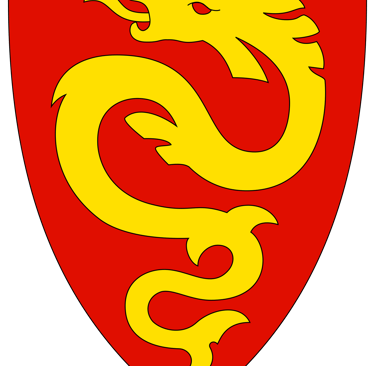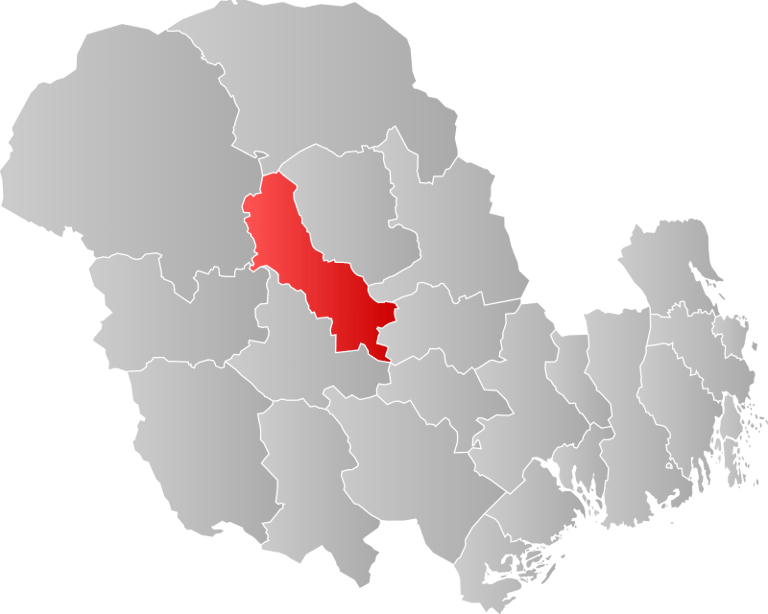Coming Soon


Seljord Kommune
Pop. 2,925; Area 672 sq. km. (259 sq. mi.)
Seljord is one of the most beautiful spots in Telemark. The waters of Lake Seljord reflect the mountains. The monster "Selma" has been sighted in the lake by many people since first reported several centuries ago, and she is depicted in gold on a red background on the kommune's coat of arms. The village of Brøløs on the northern shore of the lake is the administrative, business, and service center for the township. The rural towns of Svartdal, Flatdal, Åmotsdal, Mandal, and Langlim, are part of Seljord. The Seljord Exhibition is arranged every summer in the local high school. The annual Seljord Festival takes place at the end of June and the beginning of July. A historic drama with a local theme featuring local amateurs is presented. Competitions in folk music and folk dancing are also held. Every year in mid-September the Seljord Fair, "The Dyrsku'n," (cattle show) takes place. The popular fair is a market for farm animals, farm equipment, household items of all types, clocks, and watches, and spreading tall tales and legends.
Flatdal is a valley stretching from Seljord to Hjartdal. Farthest north in the valley is the village "Flatdalsbyen," where farms are arranged side by side around a country courtyard called the Tunvollen.
Nutheim lies at the crossroads between E 76 and the road to ømotsdal. Here you will find a general store and a small inn. The inn is also the home of the artistic Grøstad family. An excellent collection of works of Norwegian artists is displayed inside. Next to the inn, artist Erlend Grøstad has re-erected the old rectory from Hjartdal.
Sights to See
Seljord Church is a stone church in the Romanesque style built sometime in the middle of the 12th century. The face carved into the northwest corner is supposed to represent St. Olav. The church has an altarpiece from 1588 and a baptism font from 1688. A program of restoration, led by the State Antiquarian, was finished in 1972.
One legend recalls that the church really was built by a goblin. Just as he finished, he fell to his death from the tower. Grass will not grow on the spot where he landed.
The "Strong-Nils" Stone, a boulder weighing 540 kilos., is supposed to have been lifted by "Strong-Nils" (Nils Olavson Langedal), the powerful giant from Seljord who as a baby was reared on mare's milk. The cottage where "Strong-Nils" lived is behind the church.
The Flatdal Cultural Center contains one of the old farm buildings where the Margit Lien collection is on display. Flatdal Church lies in Flatdalsbyen and is a timbered and paneled building erected in 1654 on the site of an older stave church. The altarpiece, crucifix, and pulpit canopy from the old stave church are in use in this church.


Bygdebok for Seljord
Bakken, Olav. Langlim. Ei bygd med segn og soger Flatdal 1973.
Flatin, Tov. Seljord. Oslo: Seljord kommune, 1942-54.
Bd. I-III.
SELJORD IV ÆTTESOGE FOR HOVUDSOKNET Samla og skipa til av Odd Karlsberg og Sigrun Dyrland Eidal
SELJORD IV ÆTTESOGE FOR FLATDAL OG ÅMOTSDAL Samla og skipa til av Odd Karlsberg og Sigrun Dyrland Eidal
Seljord kommune 2003
